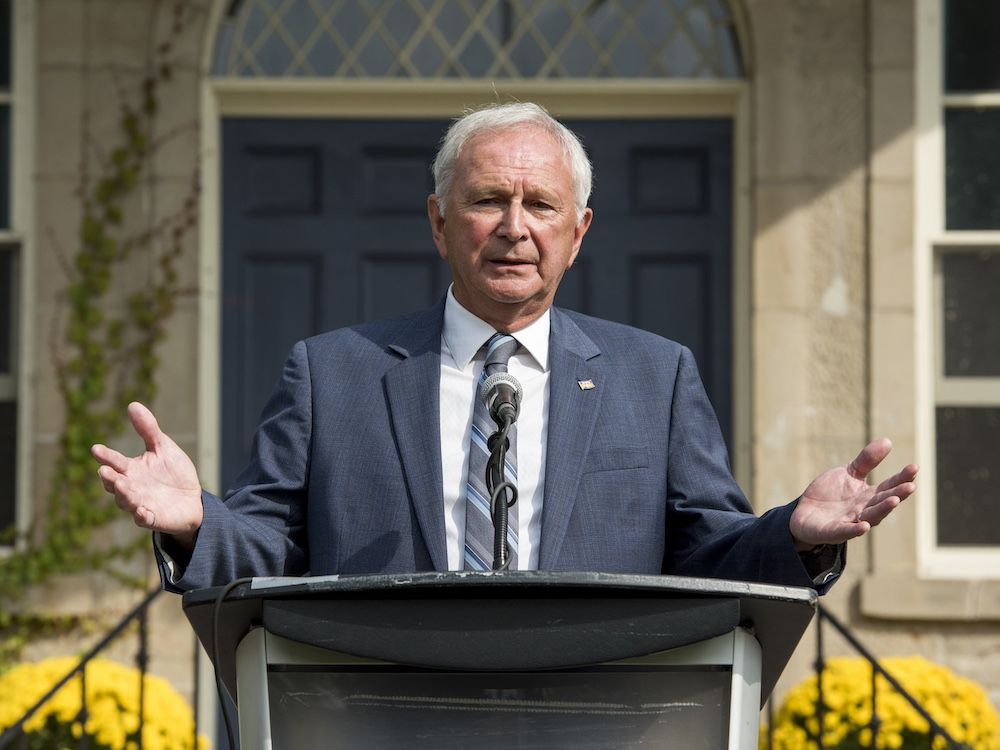The European Union has set an example for how to reduce health-care waitlists. Canada should follow suit
Published Sep 21, 2024 • Last updated 0 minutes ago • 3 minute read

It’s no secret that if you need elective surgery in Canada, you’d better be prepared to wait for a very long time.
Is the problem a shortage of doctors and nurses? Underfunding? Administrative inefficiency? Pretty much everything has been blamed at one point or another. Despite decades of attempts at reform, long wait times continue to be a problem across Canada.
Advertisement 2
THIS CONTENT IS RESERVED FOR SUBSCRIBERS
Enjoy the latest local, national and international news.
- Exclusive articles by Conrad Black, Barbara Kay and others. Plus, special edition NP Platformed and First Reading newsletters and virtual events.
- Unlimited online access to National Post and 15 news sites with one account.
- National Post ePaper, an electronic replica of the print edition to view on any device, share and comment on.
- Daily puzzles including the New York Times Crossword.
- Support local journalism.
SUBSCRIBE FOR MORE ARTICLES
Enjoy the latest local, national and international news.
- Exclusive articles by Conrad Black, Barbara Kay and others. Plus, special edition NP Platformed and First Reading newsletters and virtual events.
- Unlimited online access to National Post and 15 news sites with one account.
- National Post ePaper, an electronic replica of the print edition to view on any device, share and comment on.
- Daily puzzles including the New York Times Crossword.
- Support local journalism.
REGISTER / SIGN IN TO UNLOCK MORE ARTICLES
Create an account or sign in to continue with your reading experience.
- Access articles from across Canada with one account.
- Share your thoughts and join the conversation in the comments.
- Enjoy additional articles per month.
- Get email updates from your favourite authors.
Article content
No matter the cause, we know the result: long wait times, lost income, chronic pain and, in some cases, avoidable patient deaths.
Canada is not the only country to be plagued with such issues. Some European nations have had to deal with long wait times, as well. The difference is that they were able to resolve the problem. Part of their solution came from what’s called the “Cross-Border Directive.”
This policy allows European patients to seek treatment in any EU member country and get their medical expenses reimbursed at a level equivalent to what their national health insurance plan would have covered.
Like most policy innovations, this directive emerged out of necessity. In the early 2000s, many British citizens found themselves struggling with long medical waitlists. But through their membership in the European Union, some saw an opportunity to address the delays.
One of these people was Yvonne Watts, who suffered from arthritis in her hips. Unable to get care from Britain’s National Health Service in anything resembling a timely fashion, she requested that it pay for a hip replacement in another EU country. She was declined.
By signing up you consent to receive the above newsletter from Postmedia Network Inc.
Article content
Advertisement 3
Article content
Deciding to take the matter into her own hands, Watts had the procedure done in France at her own expense, paying the equivalent of $10,673 in today’s Canadian dollars. Post-operation, she requested reimbursement from the U.K. government, but again was refused.
Watts never was reimbursed for the cost of her surgery, but she did pave the way for the EU directive on patients’ rights in cross-border health care.
Today, patients in a situation like Watts can decide to receive elective surgery in another country when domestic wait times are too long.
Thanks to the Cross-Border Directive, over 450,000 EU residents sought treatment in another EU country in 2022 alone.
This policy has brought about a significant reduction in wait times, but it has another noteworthy side effect: it helps reduce the overall cost of individual ailments, both to the patients who suffer from them and the states that pay the bills.
This is because the longer a health problem goes untreated, the more the treatment will cost, due to an increased risk of complications. The longer people wait, the more likely it is that their intervention will need to be more invasive (and thus riskier) and will also require more resources to perform.
Advertisement 4
Article content
But the effect on spending is not the only one that needs to be considered. Health issues can have an adverse effect on government revenue, as well.
While elective treatments are not considered urgent, the ailments they hope to treat can still have an effect on our lives. For example, some of the people on waiting lists are workers who are unable to do their jobs, or who are forced to reduce their workloads, due to the pain they’re experiencing. Some are even on worker’s compensation.
Even looking at it solely from a revenue standpoint, it should still be in the state’s best interest to get those workers the treatment they need so they can start paying taxes again. Letting them obtain the required medical attention out of province or out of the country — for the same price the system would pay domestically — should be a no-brainer.
Let’s not forget just how many Canadians can’t get the treatment they need within the recommended timelines.
In 2019, 30 per cent of patients needing a knee implant were unable to receive it within the recommended 26-week period. By 2023, that number had climbed to 41 per cent. Similarly, the proportion of patients needing hip replacements who couldn’t get them within the established time frames rose from 25 per cent to 34 per cent over the same period.
Public coverage of a Canadian cross-border directive would help bring these figures closer to zero and address our substantial surgical backlog. This would allow Canada to better cope with patient needs and improve efficiency across the board.
National Post
Frederik Cyrus Roeder is an associate researcher at the Montreal Economic Institute and SecondStreet.org.
Recommended from Editorial
-

Michael Higgins: It's time to stop ignoring the Supreme Court on private health care
-

Harry Rakowski: Why do we accept mediocrity in health care?
Article content
.png)
 2 hours ago
6
2 hours ago
6




































 Bengali (BD) ·
Bengali (BD) ·  English (US) ·
English (US) ·